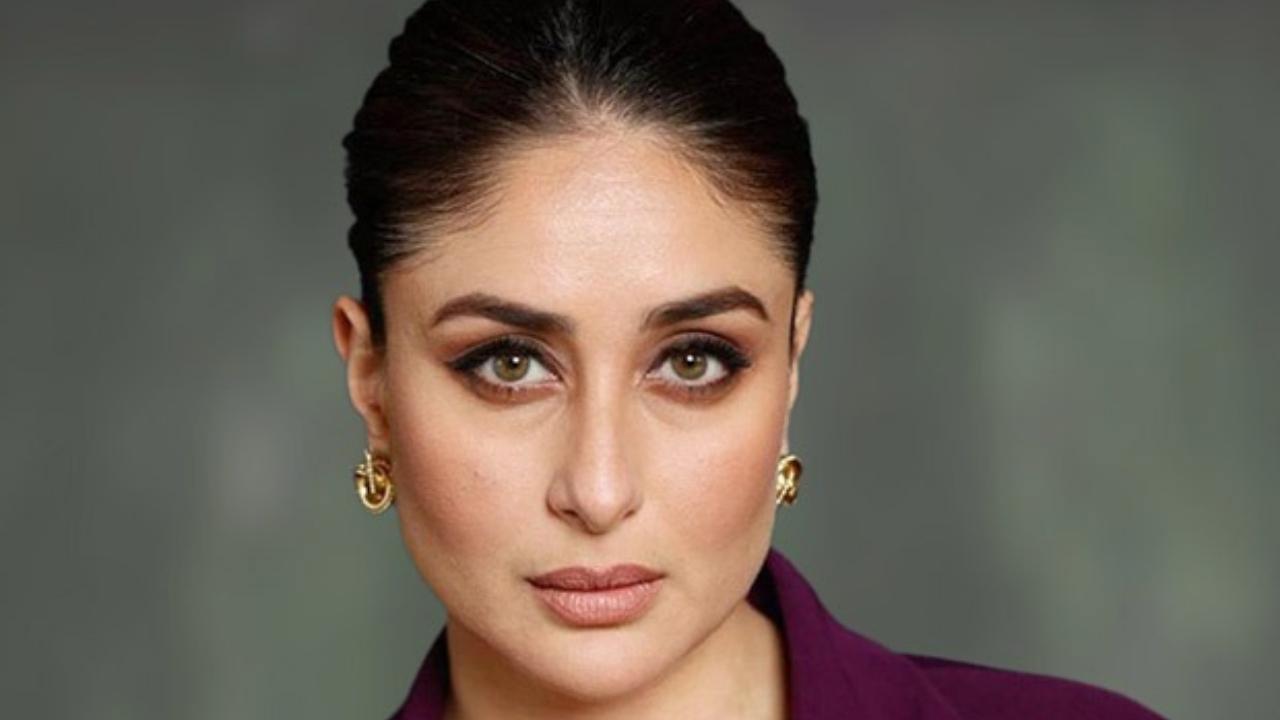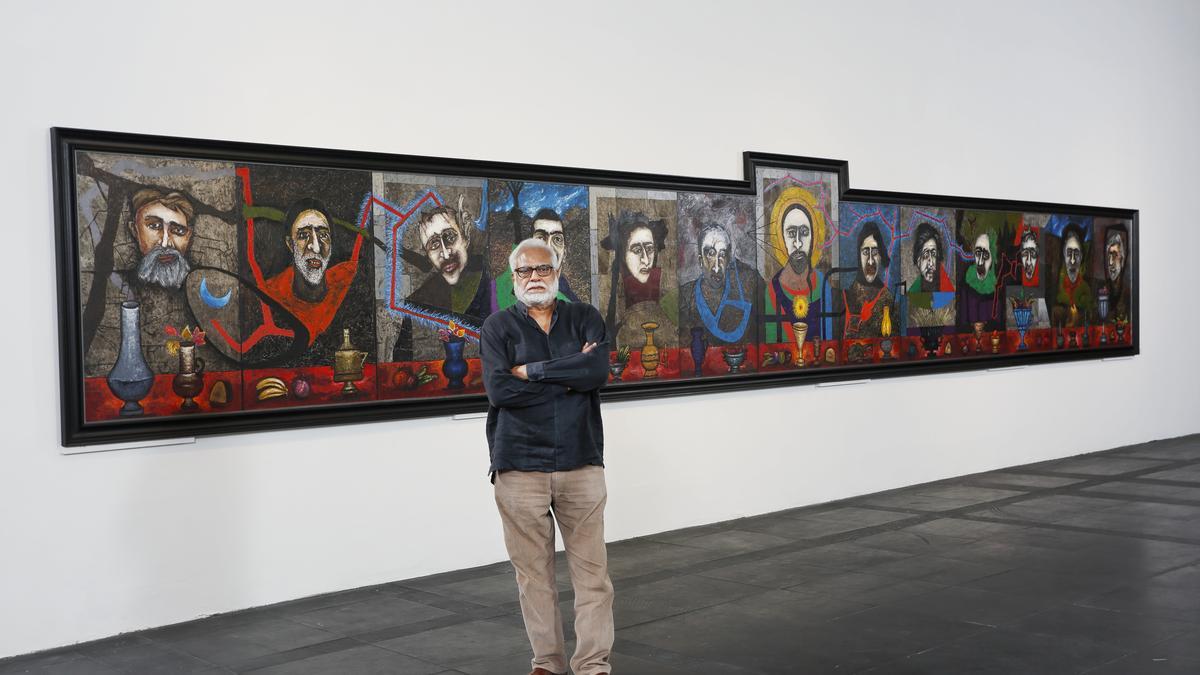
In an extraordinary display of classical Indian dance, Meera Sreenarayanan has wowed the audience with her exceptional performance at the Music Academy dance festival, igniting an unparalleled spiritual connection and cultural experience. Witnessing her performance was to partake in a transcendent journey that left the rasikas – connoisseurs of the arts – enthralled and deeply moved by the manifestation of rasanubhava, the aesthetic experience.
Opening the event, Meera gracefully made her way onto the stage, instantly capturing the hearts of the audience. The well-conceived program journeyed through the margam format from mallari to thillana, unified under a singular thematic vision with Muruga, the celebrated deity, as the central protagonist. The curtain rose to the sound of a mallari in raga Gambhiranattai, composed by the talented violinist Eshwar Ramakrishnan and accentuated by the intricate rhythms of sollukattus fashioned by Charudatt. The atmosphere resembled that of a temple ceremony, with Mylai Karthikeyan on the nagaswaram and Adyar Silambarasan on the thavil conjuring the sacred environment.
The narrative commenced with the visual reimagining of a deity being revered atop a palanquin procession. With remarkable skill, Meera articulated the deity’s noble attributes, establishing the stayibhava – the persistent emotional state – of Muruga. Transitions were seamless as she introduced the pining heroine, portrayed through the Kapi raga varnam ‘Mohalahiri Meeruthe’ penned by Kunnakudi Venkatrama Aiyar. Sancharis brimming with subtle nuances and rich metaphoric imagery came to life through Meera’s exquisite abhinaya. Her rhythmic footwork in the teermanams, characterized by both passion and precision, painted a vibrant tableau reminiscent of the grandeur within Indian dance traditions.
Meera Sreenarayanan, a dedicated disciple of the revered Indira Kadambi, exuded a command over her form that can only be achieved through rigorous training and a deep-seated passion for the art.
A captivating moment in the performance emerged with the padam ‘Prananathan enikku nalkiya’, composed by Iraiyiman Thampi in raga Kamboji. It narrated the tale of a heroine’s awakening memories following an intimate encounter, its erotic tones expressed with grace and aesthetic restraint. Vocalist Bijeesh Krishna’s melodious singing lent a heightened sensitivity and dynamic range to the portrayal, enhancing the emotional depth of the character’s lived experiences.
As emotions within the story fluctuated, the mood on stage shifted from romance to betrayal. The rendition of the javali ‘Janathanamu maatalu’ in raga Saurashtram saw the heroine oscillate between anger and disdain as she confronted the hero, Muruga, for his dalliances with another woman. Meera’s versatility as a performer became abundantly clear as she navigated through this complex emotional territory with agility and conviction.
The devotion to Muruga persisted as the audience was treated to a prelude showcasing the Kavadi Attam, a traditional dance form in devotion to the deity. Ultimately, the evening culminated with a spirited performance of a thillana in raga Simhendramadhyamam, composed by C.V. Chandrasekhar, which left the audience in a spell of cultural admiration.
The ensemble supporting Meera’s dance added layers of emotional texture to the recital. Bijeesh Krishna maintained a commanding presence with his vocal performance while Indira Kadambi on the cymbals, Charudatt on the mridangam, Eshwar Ramakrishnan on the violin, and Ananthanarayanan on the veena, collectively crafted a soundscape that resonated harmoniously with the dance sequences.
An unforgettable artistic experience remained etched in the hearts of the rasikas long after the curtains were drawn. Meera Sreenarayanan’s performance not only showcased her prowess in dance but also exemplified the enduring, universal appeal of the traditional Indian performing arts.










